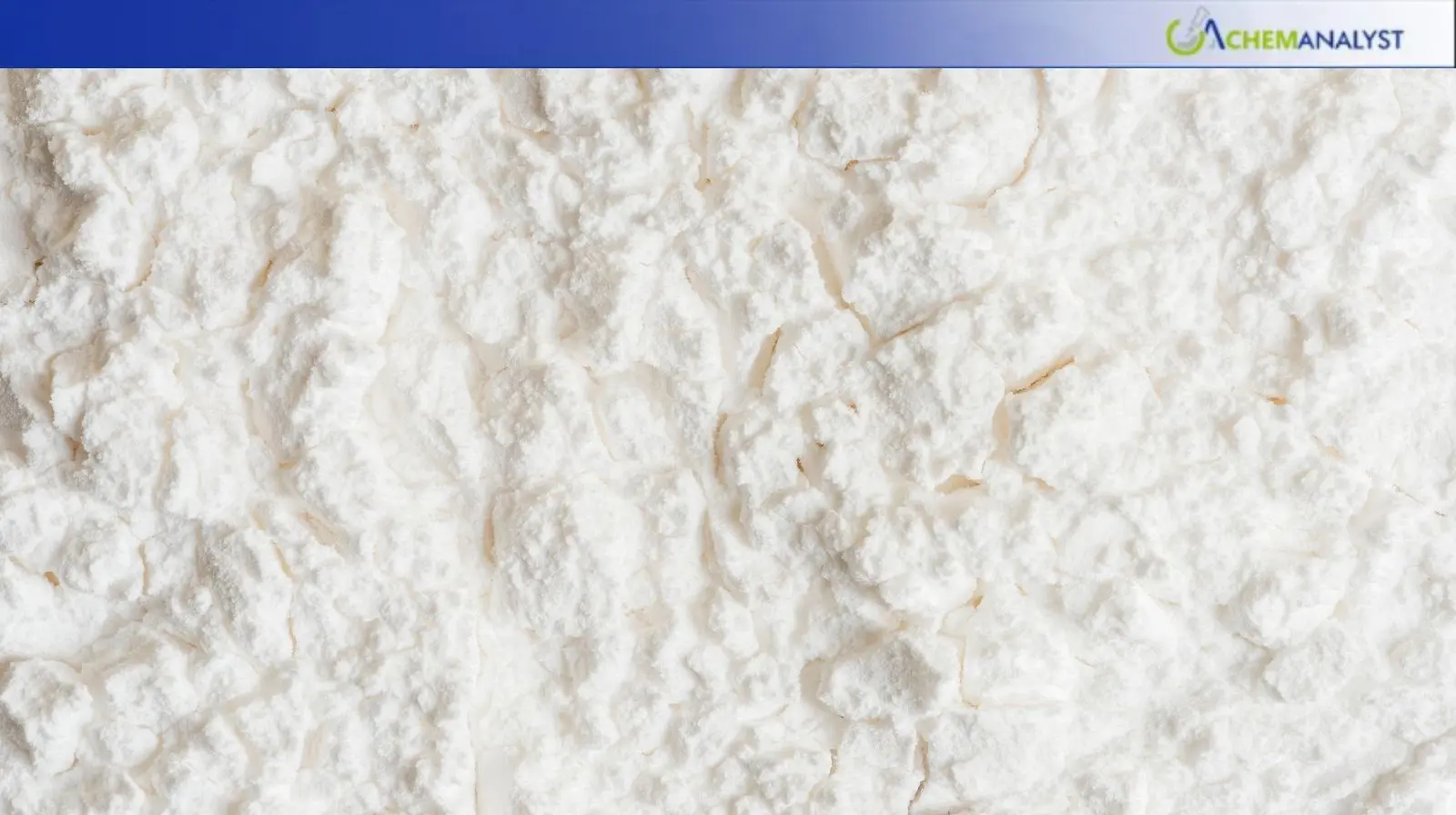Welcome To ChemAnalyst

Prices for industrial-grade calcium carbonate stayed consistent across Europe and Malaysia; however, this was not the case in China, where prices declined. In Germany, price stability was mostly attributed to balanced supply and subdued demand, notwithstanding an issue of congestion at ports. Domestic Calcium Carbonate production and inland logistics kept supply plentiful for the sector, and a stead on demand alone activities for paper, plastics, and coatings mitigated weakness in construction products. In Malaysia, price stability was produced by robust demand across essential industries, as well as predictably stable supply chain conditions in part domestically and at port, even with delays at Port Klang. While input costs increased slightly, lower prices for virgin raw materials still supported margins. In contrast, prices in China were under pressure. Increased production from holiday run adds produced oversupply, and declining intra-Asia freight rates added pressure to the export side. Additionally, domestic demand remained cautious, and traders were forced to lower offers. Overall, the market broadly demonstrated regional divergence with price stability in Europe and Malaysia but bearish sentiment in China.
In the week concluding on October 17, 2025, the market for industrial-grade calcium carbonate presented seemingly mixed regional trends, with stable pricing in both Europe and Malaysia, and downward price moves taking place in the Chinese market. In Europe, compared with China, the calcium carbonate pricing environment in Germany was quite stable, with supply balanced and steady demand among consumers, despite some ongoing logistical challenges, particularly at the busy ports in Hamburg and Rotterdam.
Likewise in Malaysia, calcium carbonate price levels held steady primarily due to resilient domestic consumption and effectively manageable supply chain issues. On the other hand, in the Chinese market, downward calcium carbonate price movements have continued due to still rising inventory in the supply chains of the companies and their continued weakness in the export market, coupled with slow demand from downstream consumers within the domestic market. These differences in market activity highlight local market characteristics resulting from underlying infrastructure, seasonality of demand, and conditions in the global economic landscape.
The calcium carbonate market in Germany remained stable, with domestic production working at normal capacity and inland logistics easing congestion in Hamburg's port. While the construction market continued to contract, calcium carbonate demand from the paper, plastics, and coatings industries acted as a cushion. Noted input cost inflation, specifically in energy and logistics, did not pressurize producers to relax disciplined pricing in hopes of retaining market share. Buyers maintained a diligent focus on operational needs and avoided speculative purchasing. The tone of the calcium carbonate market is neutral to slow, with steady consumption from end users and bit of balance in supply supporting price stability.
Calcium carbonate prices in Malaysia were stable, aided by steady demand from plastics, paints, paper, and construction industries. Although the manufacturing sector saw a slight contraction in activity, the feature of increased new orders for the second month in a row added to the momentum in purchasing. Port Klang was congested with operational vessels delayed and higher densities in the yard, yet local production and inland logistics helped to maintain supply consistency. Input costs for Calcium Carbonate increased slightly due to tax adjustments, yet lower pricing of raw materials eased inflationary pressures. Traders were disciplined with pricing and stock accumulation remained low. The outlook in the calcium carbonate market appeared optimistic, consumption was steady and supply chains were flexible enough not to contribute price turbulence.
China’s calcium carbonate market has experienced a decline in pricing and a bearish sentiment with a supply increase and little demand. The post-holiday production ramp-up created oversupply in several key regions, while the fall in freight rates in the intra-Asia portion made export opportunities less competitive. The downstream sectors, including plastics, paper, and coatings, remained cautious with purchases, focusing on short-term needs. Construction activity increased slightly but remains below expansion thresholds, so bulk purchases were limited. Traders dropped offers in hopes of increasing movement, and inventories across industrial hubs rose. Demand was fractured and reactive, continuing the downward calcium carbonate pricing pressures.
In the future, Europe and Malaysia expect stable calcium carbonate pricing in the short run, while China may see continued weakness until demand improves or supply slows down. Market participants will be observing downstream events and global trade flows for additional direction.
We use cookies to deliver the best possible experience on our website. To learn more, visit our Privacy Policy. By continuing to use this site or by closing this box, you consent to our use of cookies. More info.
